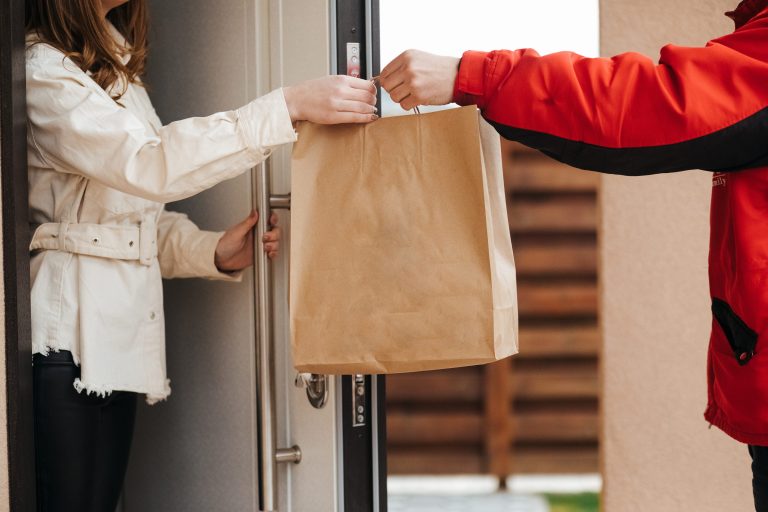
While lockdowns and social distancing measures supercharged the food delivery aggregator space, the return to lives away from home is now revealing cracks in the model.
Global food delivery giant Just Eat Takeaway.com saw its stock fall 70% in 2021, according to a report Sunday (May 1) from The Wall Street Journal (WSJ), which argued that the company’s search for a buyer for U.S. delivery service Grubhub may not be enough to save the company, given that the issues in the food delivery sector extend beyond the one aggregator.
Groceries aggregators are not doing much better. The same news outlet also reported Sunday that Instacart’s in-store pickers are seeing less frequent orders, and those that are coming in are smaller than in previous years, suggesting that the company’s massive growth in early stages of the pandemic is less sustainable as consumers have returned to their daily lives.
In the United States, digital ordering from restaurants is on the decline, while online grocery shopping is holding roughly constant, according to data from PYMNTS’ April study, “ConnectedEconomy™ Monthly Report: 3 Ways Consumers Are Dealing With Inflation,” which drew from a March survey of more than 2,800 U.S. adults.
Read more: 6 in 10 Consumers Buying Only the Essentials as Inflation Rises
Specifically, the study found that 46% of consumers placed restaurant orders online in March, down 2% from the previous month and down 7% from January. Meanwhile, when it comes to grocery, 32% of consumers were ordering online in March, up 5% from the previous month but down 8% from January. Granted, it is worth noting that, in January, COVID-19 case numbers were surging due to the outbreak of the omicron variant of the coronavirus, which could inflate the month’s numbers.
Additionally, outside of demand fluctuations, labor challenges, especially when it comes to delivery drivers, are making it more difficult for restaurants to meet the demand that there is. Domino’s Pizza, which saw great success throughout 2020 and 2021 with the turn toward delivery, has been struggling to fulfill orders in recent months.
“Where we are now, the customer issue [is that] we actually have plenty of demand,” Russell Weiner, the brand’s chief operating officer and president, who will take over as CEO in July, said on a call with analysts Thursday (April 28). “We just have that capacity problem. Our customers understand — they’re not happy, but they understand — what our team members are up against.”
See more: Labor Challenges Hamper Domino’s Ability to Meet Delivery Demand
The capacity challenge is far from unique to Domino’s. In a March interview with PYMNTS’ Karen Webster, Andrew Robbins, CEO of Software-as-a-Service (SaaS) customer experience management (CXM) solutions provider Paytronix, explained the difficult position in which restaurants find themselves.
“They’re still struggling,” he said. “So, revenue’s up, dining is up, and it really could be a boom market for them if they could get the labor. There are still people who are shutting down, not doing the full day that they would normally do, and closing some nights. … It’s still a real problem.”
Read more: Labor Challenges Stifling Would-Be Restaurant Boom, Paytronix CEO Says